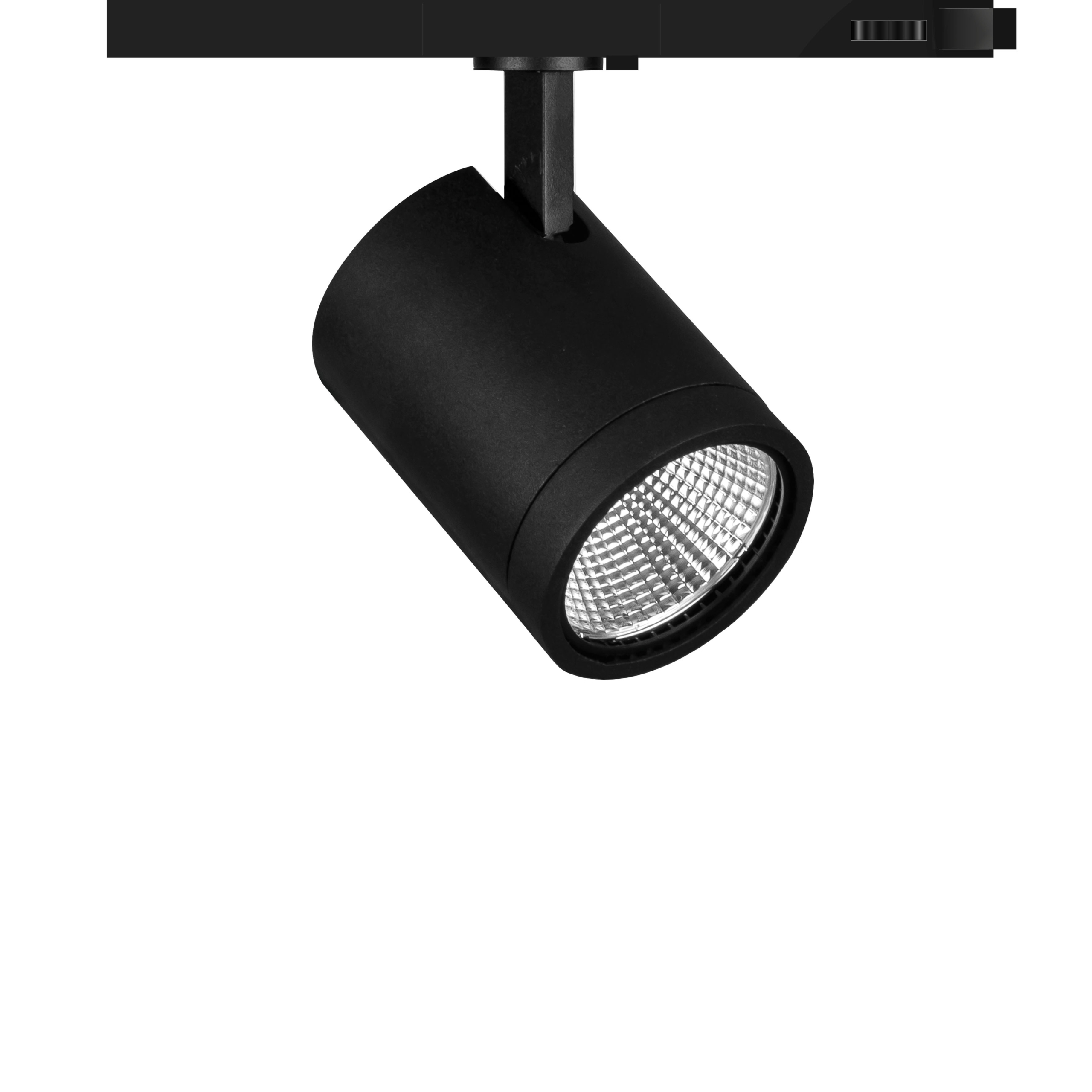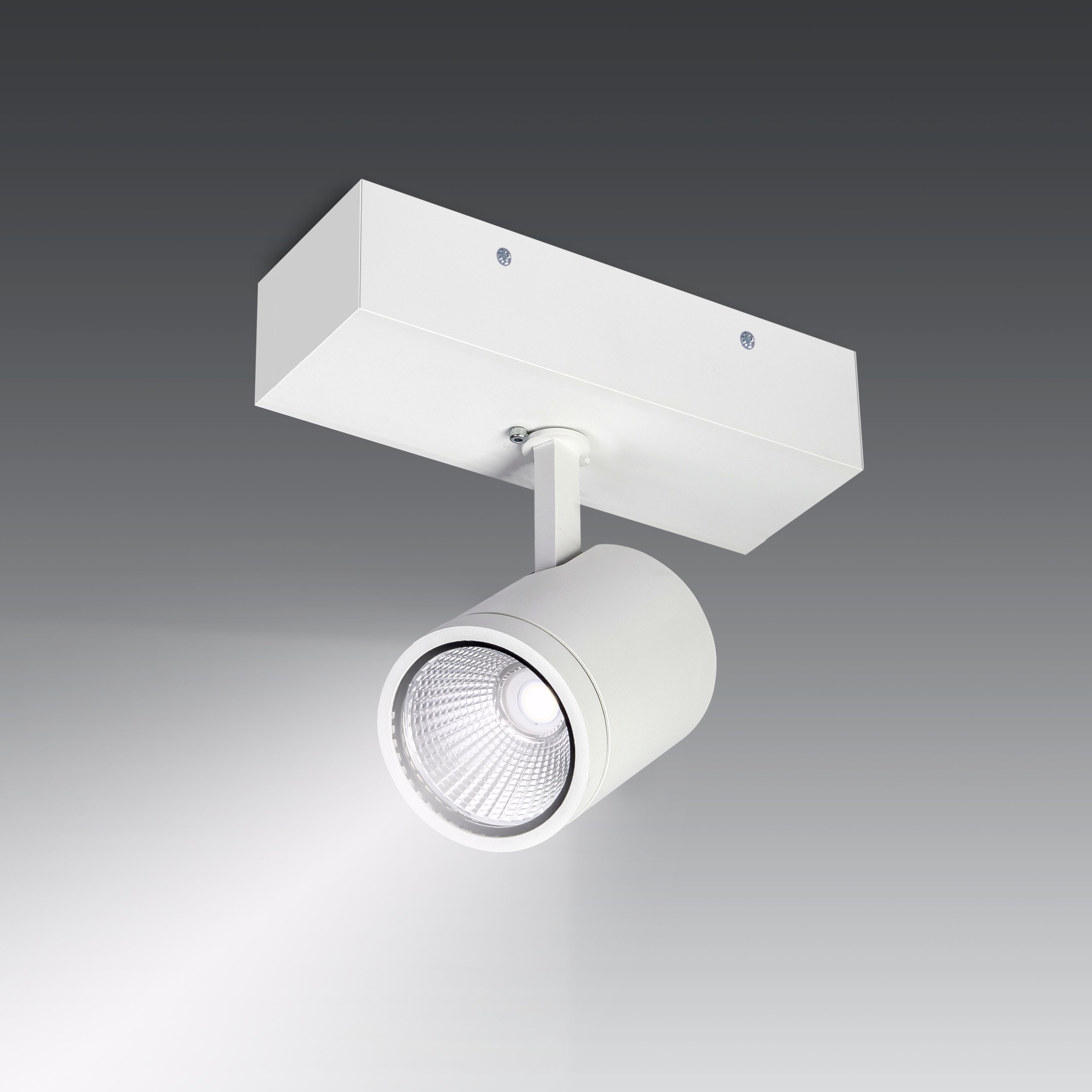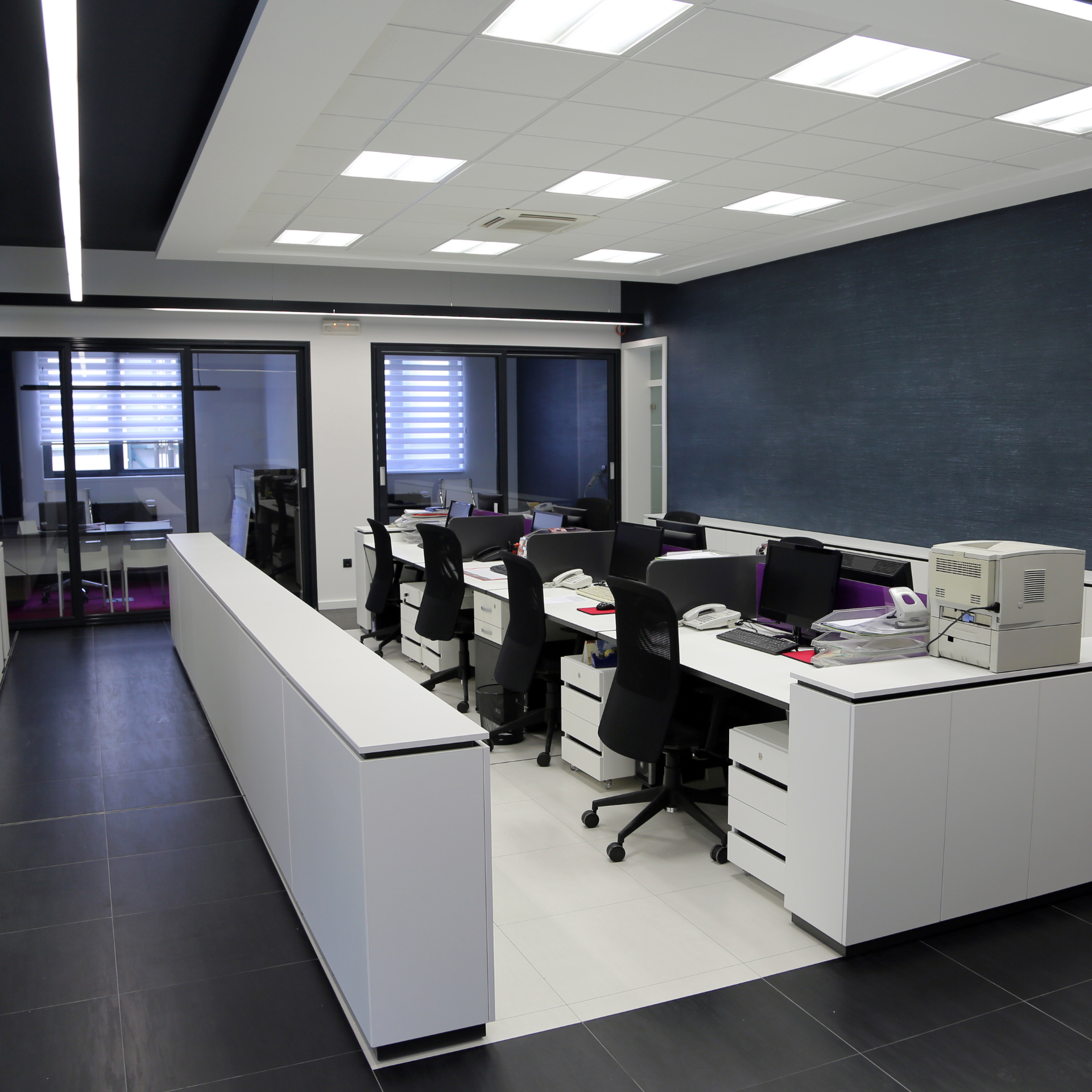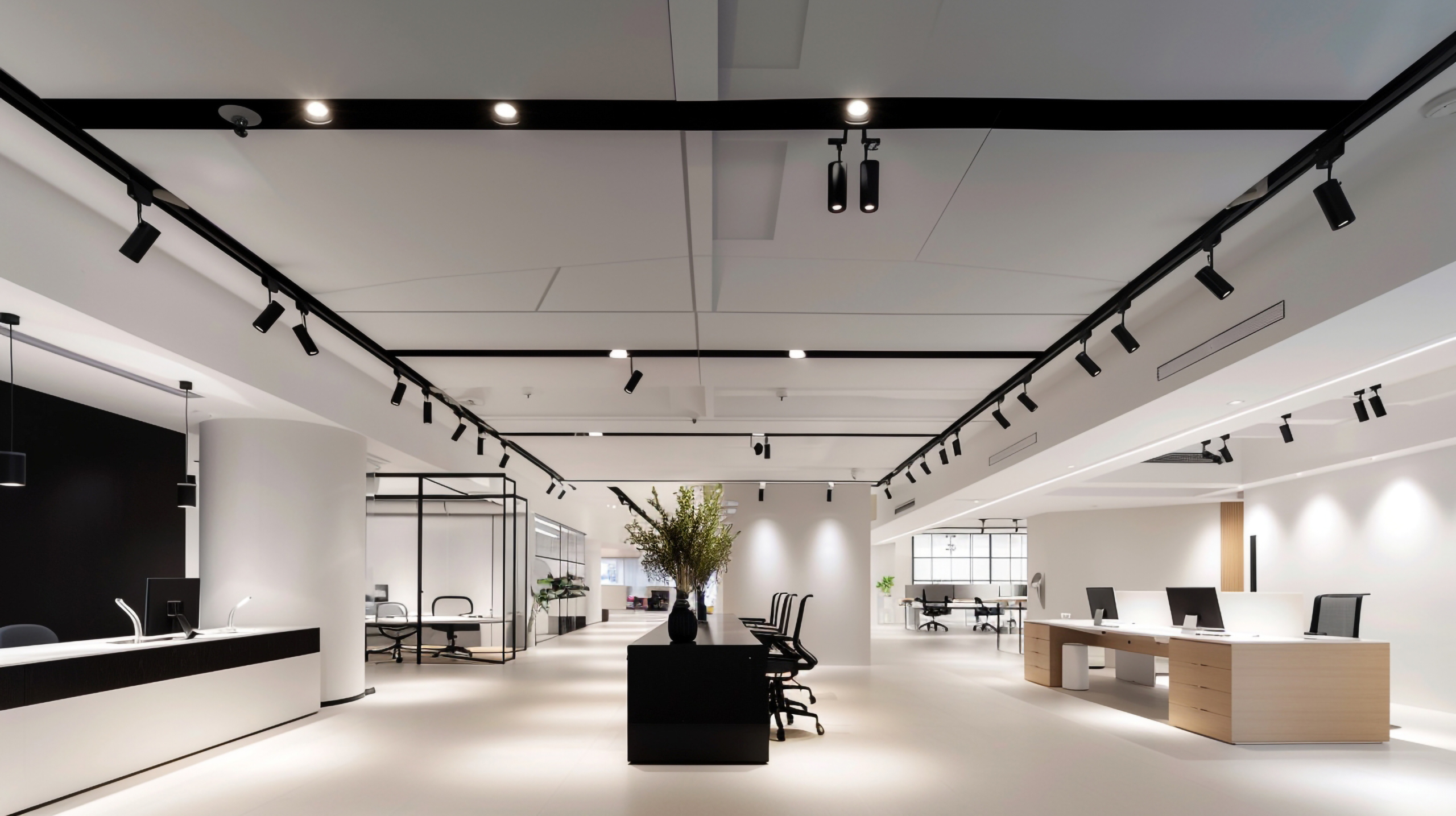Offices are constantly evolving to meet the changing needs of employees to support their wellbeing and productivity. The world of workspaces has changed significantly since the COVID-19 pandemic, with more people working hybrid or remotely than ever before.
One of the best ways to meet the ever-changing requirements is to have adaptable rooms that can be used for multiple purposes. Many offices are designed with an open plan and breakout rooms for meeting, socialising, eating and presentations.
To meet the flexible design of the modern office, the lighting also needs to be adaptable – this can be achieved using a combination of controls and carefully selected luminaires. While meeting the aesthetics and functionality of an office space, the lighting also needs to meet certain legislations and requirements – BSEN 12464 Part 1- Lighting for Indoor Workplaces, LG7- Lighting for Offices, and LG3 – Visual Environment for Display Screen Use.
A versatile solution is track lighting, as it can support a wide range of fittings to meet any design brief – spotlights, downlights, linear lighting, and decorative elements such as pendants. The simplicity of track lighting is that it is easy to install, with only one point to run the power to, and it is easy to then reuse the fittings in other areas where needed by changing configurations, adding or removing fittings.

Track lighting is suitable for a variety of ceiling types and can blend seamlessly into the overall design while recessed, or it can be surface mounted and suspended to make more of a statement as part of the interior design.
Scene plates allow multiple scenes to be set to suit different room uses. This way, the same room can be used for a breakout space with lower light levels, before being transformed into a functional meeting room just by changing the scene and reducing the need for ongoing maintenance.

Installing innovative lighting controls allows the end user to create the perfect environment as well as saving on energy usage and costs. Through the use of smart PIR detectors and daylight sensors, the lighting can be set to only come on when it is needed and the area is in use, taking into account the amount of natural daylight already in the room and matching the light level. This reduces unnecessary energy usage, saving on the building’s energy costs and helping companies to meet their corporate sustainability goals.










